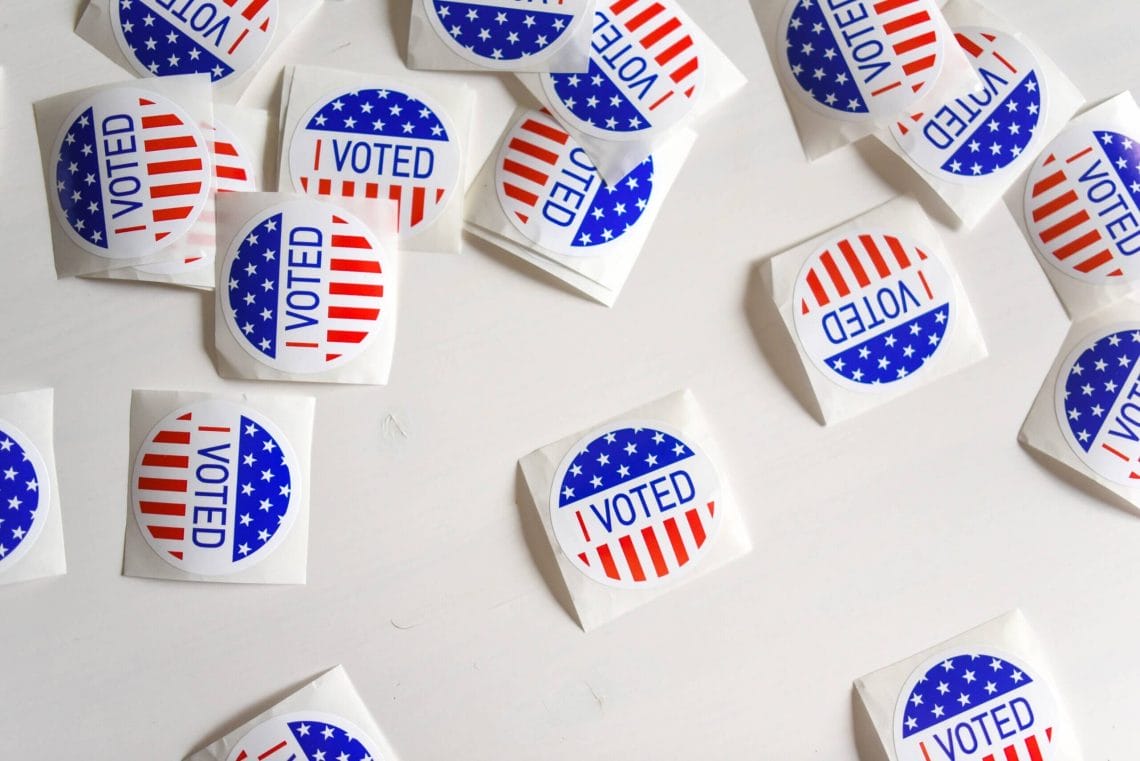
There’s an ill-conceived notion about human nature that if we want to do something, then we do it. In two weeks, it will be time for me to water a potted olive tree on my windowsill. I love this little plant, and I’ve got everything I need to take care of it. Even so, sometimes I forget to water it. It’s a small example of one of the truths about human nature–how a desire to act doesn’t necessarily lead to follow-through.
Such is the case for voting. Nine out of ten Americans say they think voting is an important part of being a good member of society. However, voting data seems to suggest something else. Many voting-eligible Americans don’t participate in the electoral process at all, while many others only vote in some elections. Across the 2018, 2020, and 2022 elections, only 70% of eligible voters participated at least once, and a meager 40% voted in all three.
It’s easy to look at these figures and think Americans don’t actually care about voting. Behavioral science tells a more nuanced story. For many nonvoters or occasional voters, there is a disconnect between intention and action. They value voting, but don’t follow through on that value by casting a ballot. Helping these potential voters reach the polls can be accomplished in part through something that seems simple–well-crafted, timely reminders.
Reminders can translate intention into action
Sometimes, failing to follow through on an intended action happens due to a lack of information. We fail to meet deadlines that we didn’t know existed. Sometimes, the issue is informational ambiguity. When we don’t have clear instructions, we’re more likely to procrastinate. And sometimes, we have the information and clarity that we need, and we simply forget to act. Well-crafted reminders are effective at cutting through these barriers because they provide information that may have been unknown or forgotten, and pair it with a timely call to action—”Don’t forget to register to vote by Friday!” or “Don’t forget to water the tree tomorrow!”
Part of the work of enabling every eligible voter to cast their ballot is closing the gap between their intended action and real action. This gap can be bridged with better, more frequent communication about upcoming elections and the voting process. In an electoral context, better communication can be the difference between ending Election Day with a sticker that says, “I voted,” or a frustrated sigh that says, “I forgot to check my registration before the deadline.”
Research on the use of reminders has found positive effects across a wide range of domains, from encouraging people to save money to helping people remember to take their medication on-time. Lab and field research has found reminders to have similarly positive effects for mobilizing voters, whether encouraging people to register to vote or to cast their ballots. These results have been replicated across a variety of populations. In 2018, ideas42 partnered with the Office of the Minnesota Secretary of State to test the use of different types of reminders on bolstering voter turnout in midterm elections. For each of the four different reminders that we tested, each with a varying design and degree of personalization, those who received a reminder were more likely to vote than those who didn’t. Two of the reminders boosted turnout by a statistically significant amount.
Reminders are especially suitable for guiding someone through actions without existing habits and routines. Even the most zealous participants in civic life only participate in the electoral process once or twice each year, which isn’t enough to form a routine. For nonvoters or inconsistent voters, this ambiguity makes well-timed reminders absolutely crucial. Nonvoters, irregular voters, and consistent voters alike may feel unfamiliar with the fluid deadlines and requirements of an election. But if they are provided the right cues to take action at the right time, they’ll feel much more clarity about how to engage.
What does an effective reminder look like?
To effectively inspire the appropriate action, reminders should be clear, timely, targeted, and relevant. They should be:
For a more detailed guide to crafting voter outreach informed by behavioral science, see our Voter Communication Checklist.
Reminders are not a cure-all
While reminders are relatively easy to implement and can help voters overcome individual behavioral barriers, they are not a substitute for more ambitious structural change in our elections. More accessible alternatives to in-person voting, making Election Day a national holiday, and increasing the number of polling locations are a few things that could help more people follow through on their intention to vote. Nor will reminders help the group of people who choose not to participate in elections. A problem as big and complex as low voter turnout demands a multifaceted solution. But even in a more user-friendly system, reminders would continue to play an important role—and these reminders are even more important without those structural solutions in place.
At present, information about voting is most accessible to those who have more time on their hands—time to proactively seek out information about elections, understand the rules and deadlines, and find out how to vote. Effective reminders can deliver crucial and accessible information to those who can’t as readily seek that information out on their own, and enable them to make their own voices heard. More consistent and clear communication, when deployed thoughtfully with the specifics of a context in mind, can cut through the distractions of daily life. This can translate to actions as small as keeping a houseplant alive, or grander actions like casting a ballot, making us all more consistent participants in our democracy.


